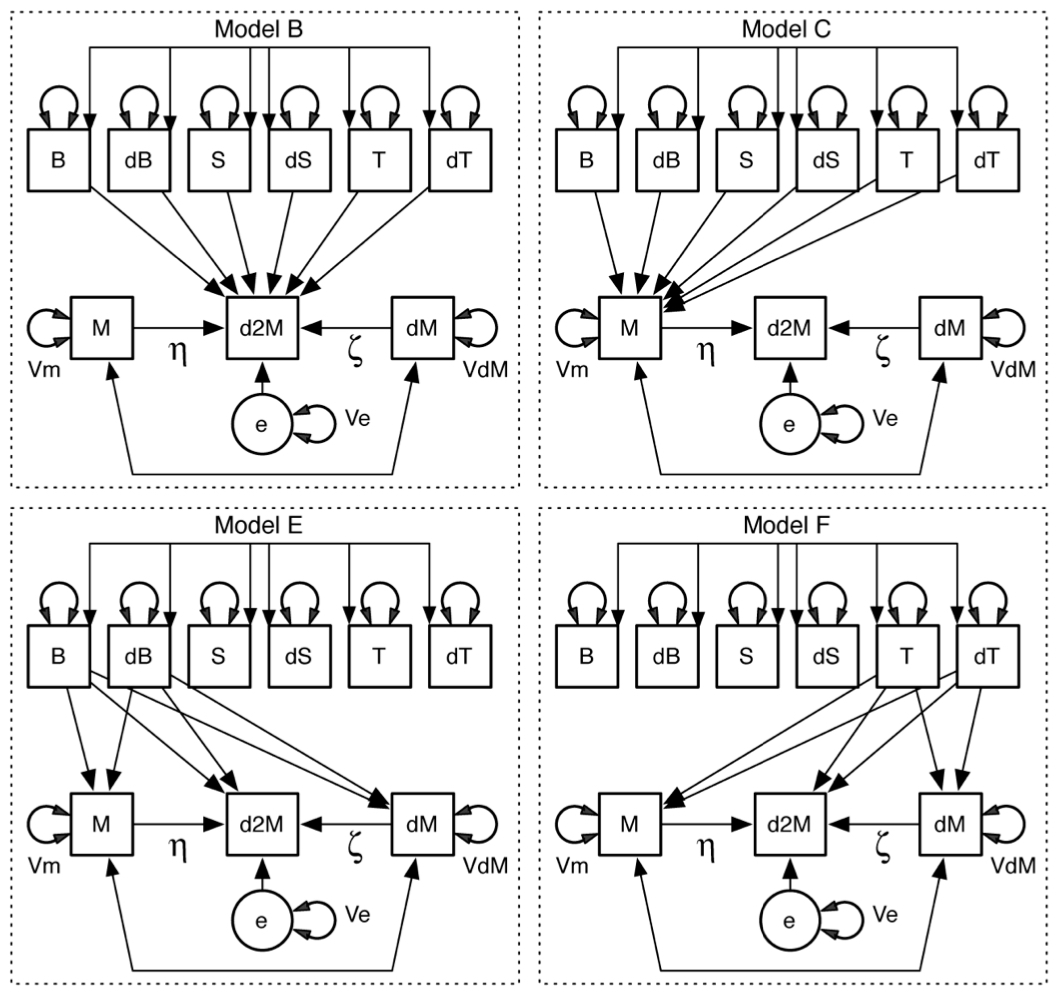Rapid Cycling Bipolar Disorder outpatients completed twice-daily mood self-ratings for 3 consecutive months. These ratings were matched with local measurements of atmospheric pressure, cloud cover, and temperature. Several alternative second order differential equation models were fit to the data in which mood oscillations in RCBD were allowed to be linearly coupled with daily weather patterns.
Abstract
Rapid Cycling Bipolar Disorder (RCBD) outpatients completed twice-daily mood self-ratings for 3 consecutive months. These ratings were matched with local measurements of atmospheric pressure, cloud cover, and temperature. Several alternative second order differential equation models were fit to the data in which mood oscillations in RCBD were allowed to be linearly coupled with daily weather patterns. The modeling results were consistent with an account of mood regulation that included intrinsic homeostatic regulation as well as coupling between weather and mood. Models were tested first in a nomothetic method where models were fit over all individuals and fit statistics of each model compared to one another. Since substantial individual differences in intrinsic dynamics were observed, the models were next fit using an ideographic method where each individual’s data were fit separately and best-fitting models identified. The best-fitting within-individual model for the largest number of individuals was also the best-fitting nomothetic model: temperature and the first derivative of temperature coupled to mood and no effect of barometric pressure or cloud cover. But this model was not the best-fitting model for all individuals, suggesting that there may be substantial individual differences in the dynamic association between weather and mood in RCBD patients. Heterogeneity in the parameters of the differential equation model of homeostatic equilibrium as well as the coupling of mood to an inherently unpredictable (i.e., nonstationary) process such as weather provide an alternative account for reported broadband frequency spectra of daily mood in RCBD.
Citation
Boker, S. M., Leibenluft, E., Deboeck, P. R., Virk, G. & Postolache, T. T. (2008). Mood Oscillations and Coupling Between Mood and Weather in Patients with Rapid Cycling Bipolar Disorder. International Journal of Child Health and Human Development, 1 (2), 181–202. Reprinted in T. T. Postolache (Ed.) Environment, Mood Disorders and Suicide. Nova Science, New York. 2011.
